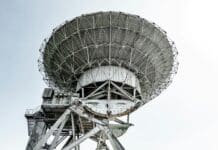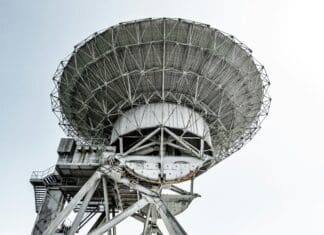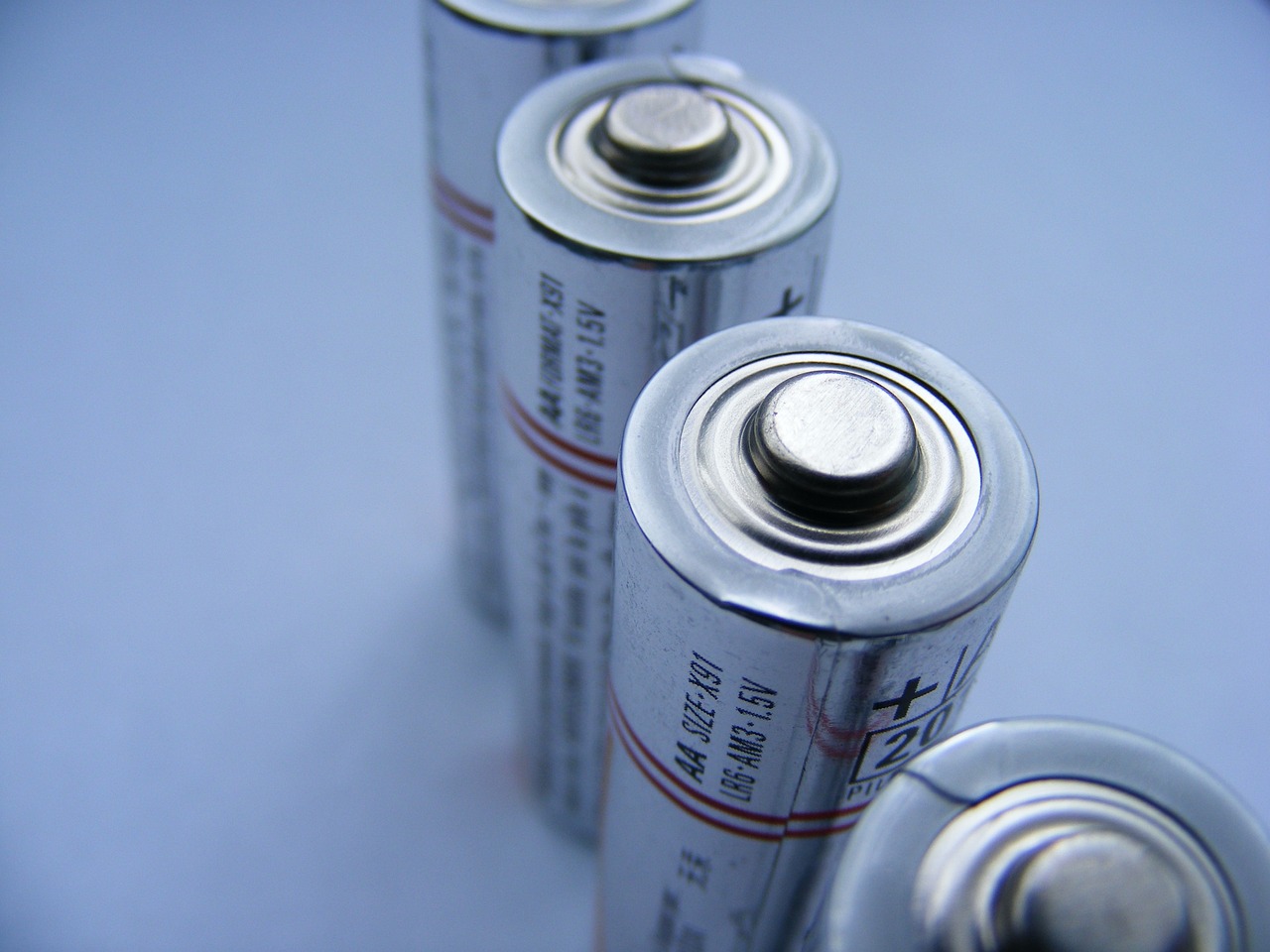This post is also available in:
 עברית (Hebrew)
עברית (Hebrew)
A new underwater vehicle designed to clear naval mines recently completed a successful open-water demonstration, marking a step forward in semi-autonomous mine countermeasure technology.
Tested in Narragansett Bay, Raytheon’s Barracuda system carried out a full untethered mission, handling navigation, threat identification, and communication with minimal operator input, according to the press release. While human authorization is still required for the final decision to neutralize a mine, the vehicle operated independently through most of its mission.
The test shows how such systems could reduce the need for close human involvement in hazardous mine-clearing operations, while still maintaining oversight where required. This approach supports existing Department of Defense requirements for safety and control.
Barracuda is designed for use in a range of maritime environments, from coastal waters to deeper sea lanes. It can detect and classify different types of naval mines—including those located on the sea floor, suspended in the water column, or near the surface.
This system is the first in a U.S. Navy program of record to feature an untethered, semi-autonomous design for mine neutralization. It represents a shift toward more distributed and flexible mine countermeasure capabilities, aligning with broader naval modernization efforts.
In addition to its current role, there are indications the platform may be adapted for other undersea missions in the future, including tasks like subsea and seabed warfare. This will be carried out by a new variant of the platform.
The Barracuda system is expected to move into limited production and could become operational within the next few years. Its development fits into a wider strategy by the U.S. Navy to integrate more autonomous tools into its operations, aiming to improve efficiency and reduce risk to personnel.


























